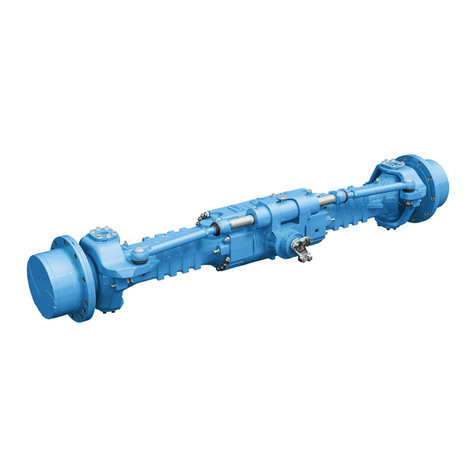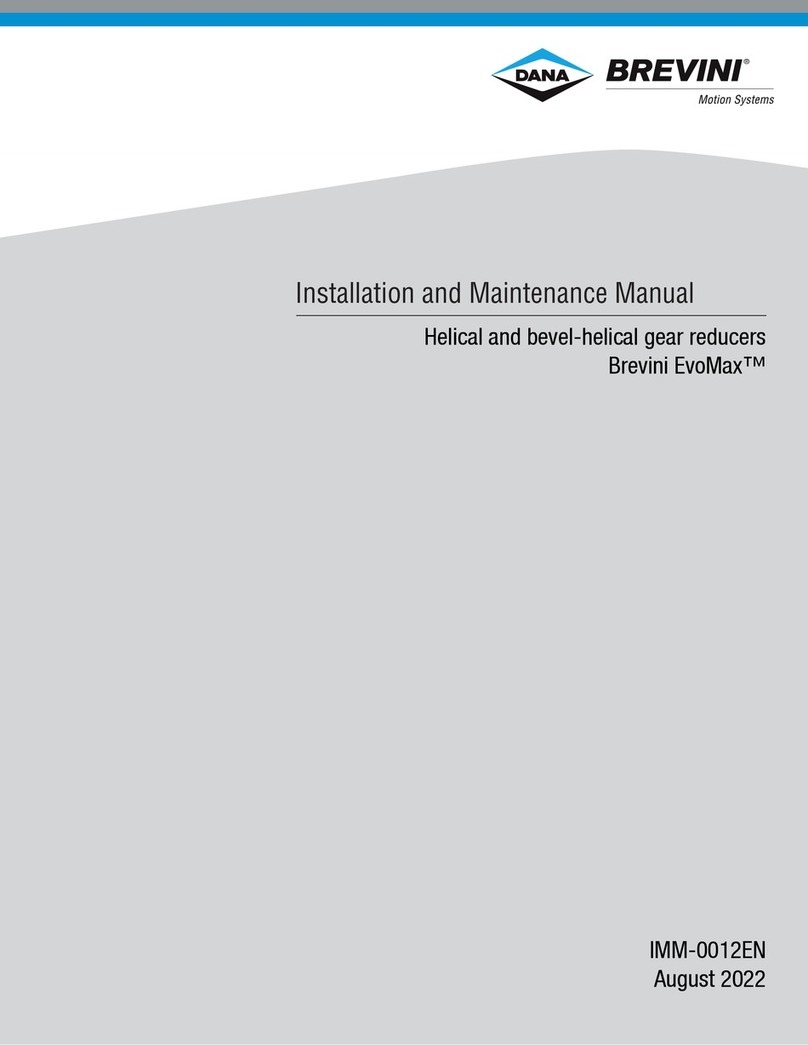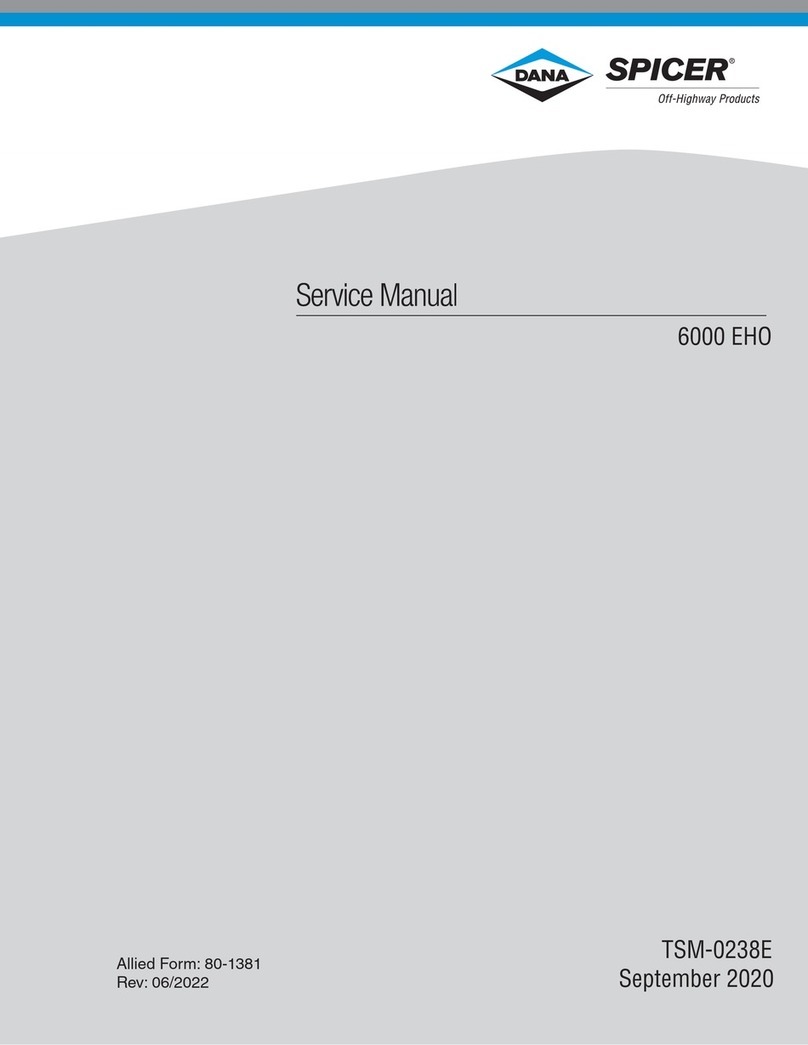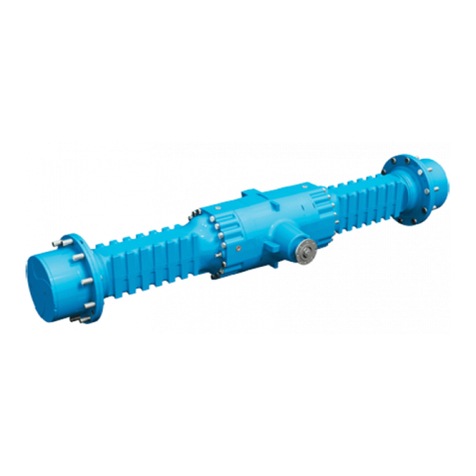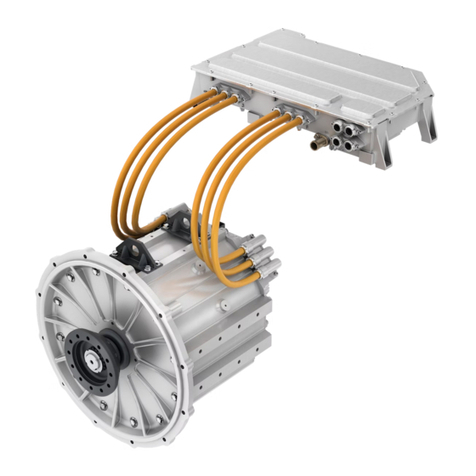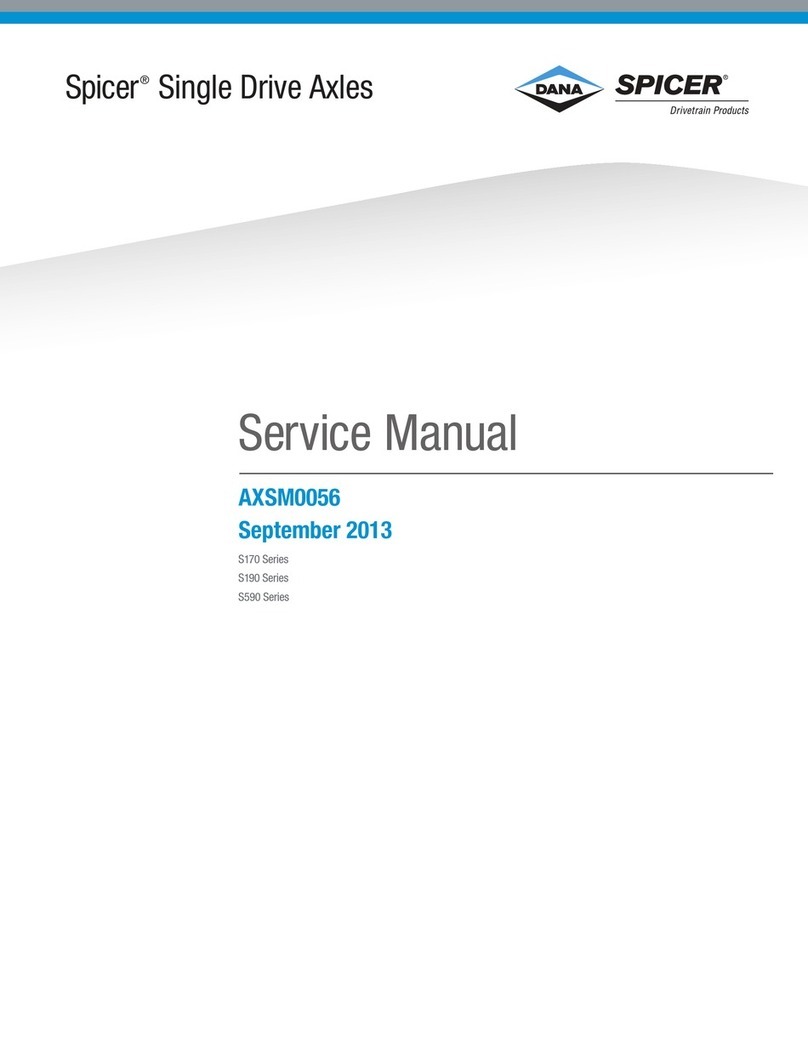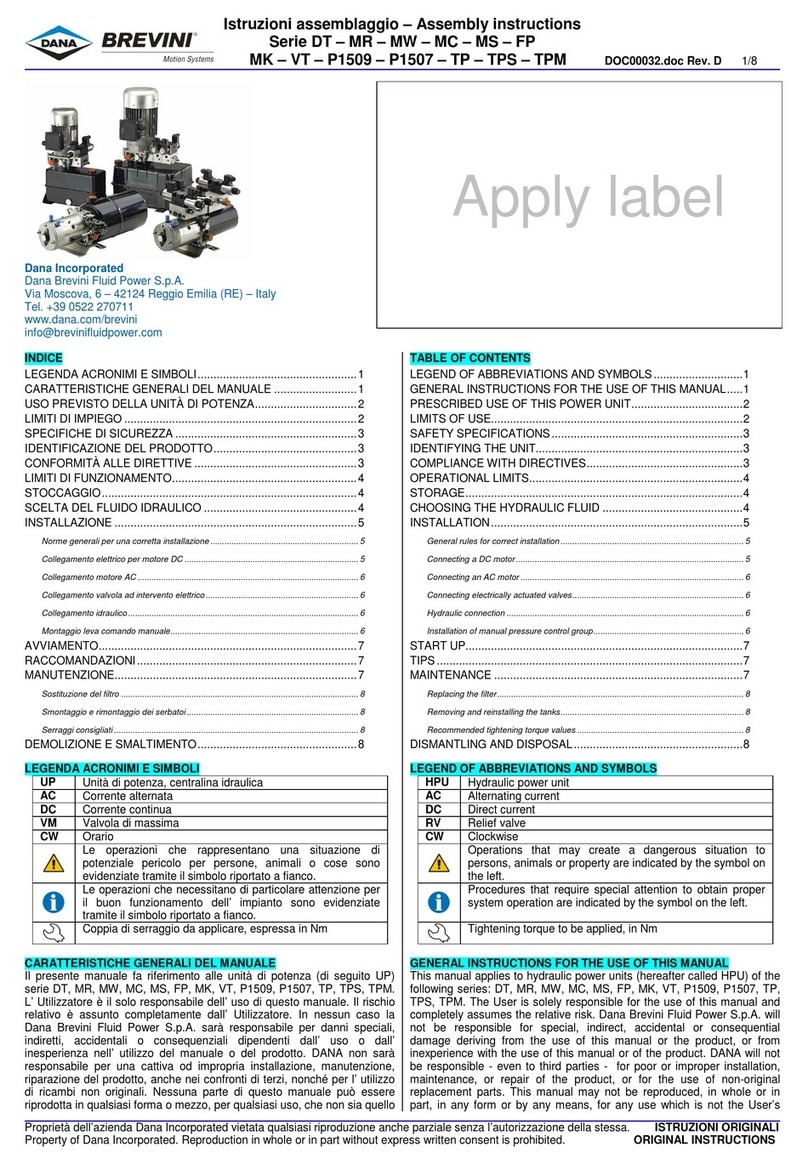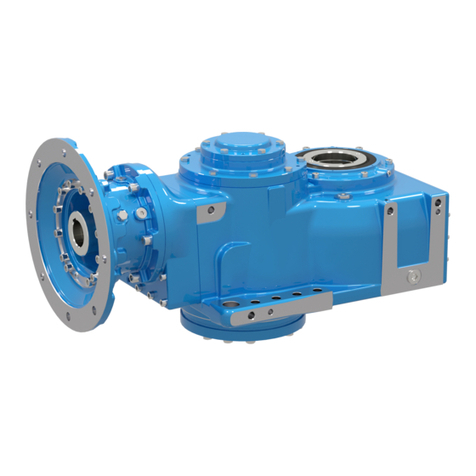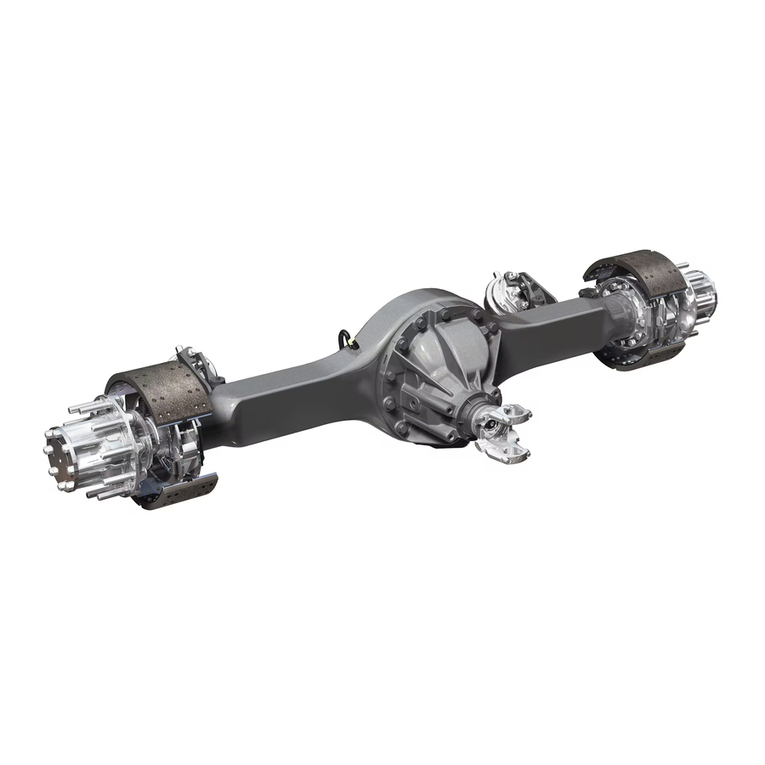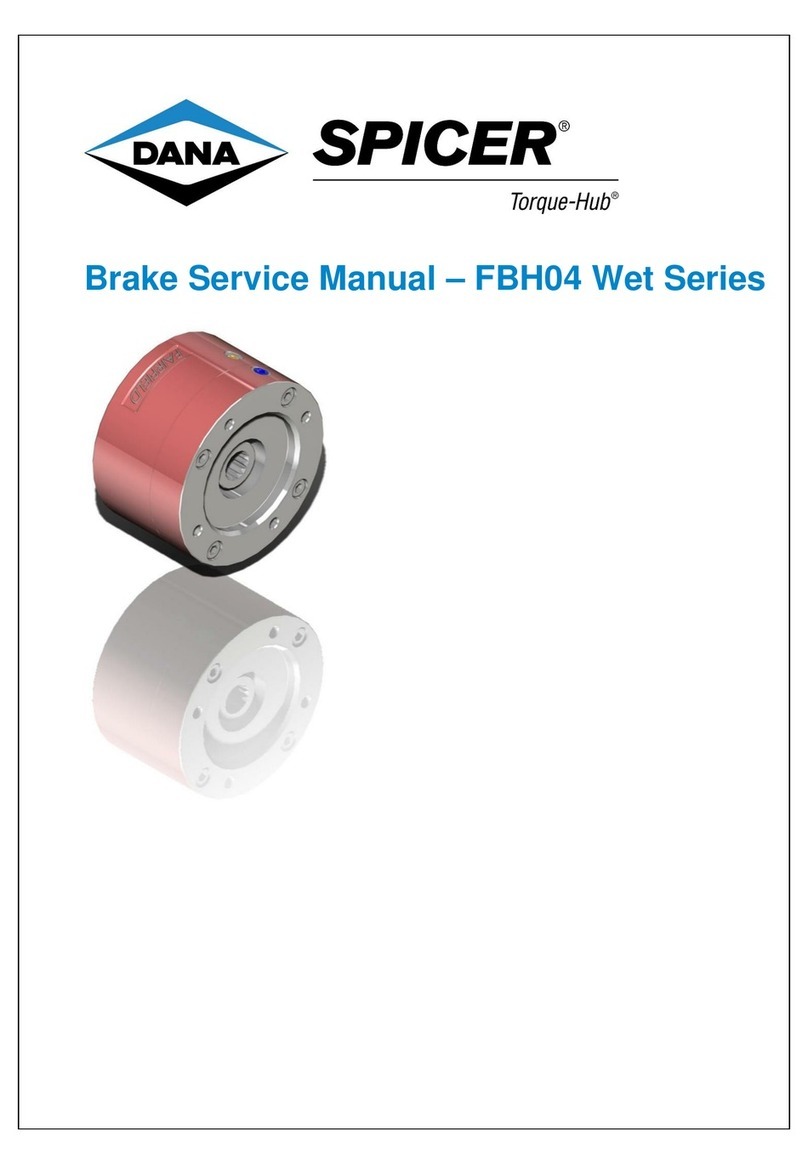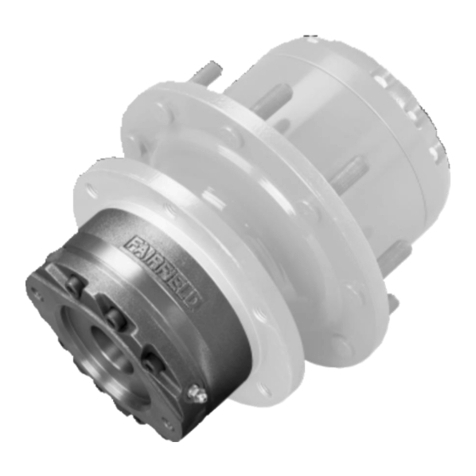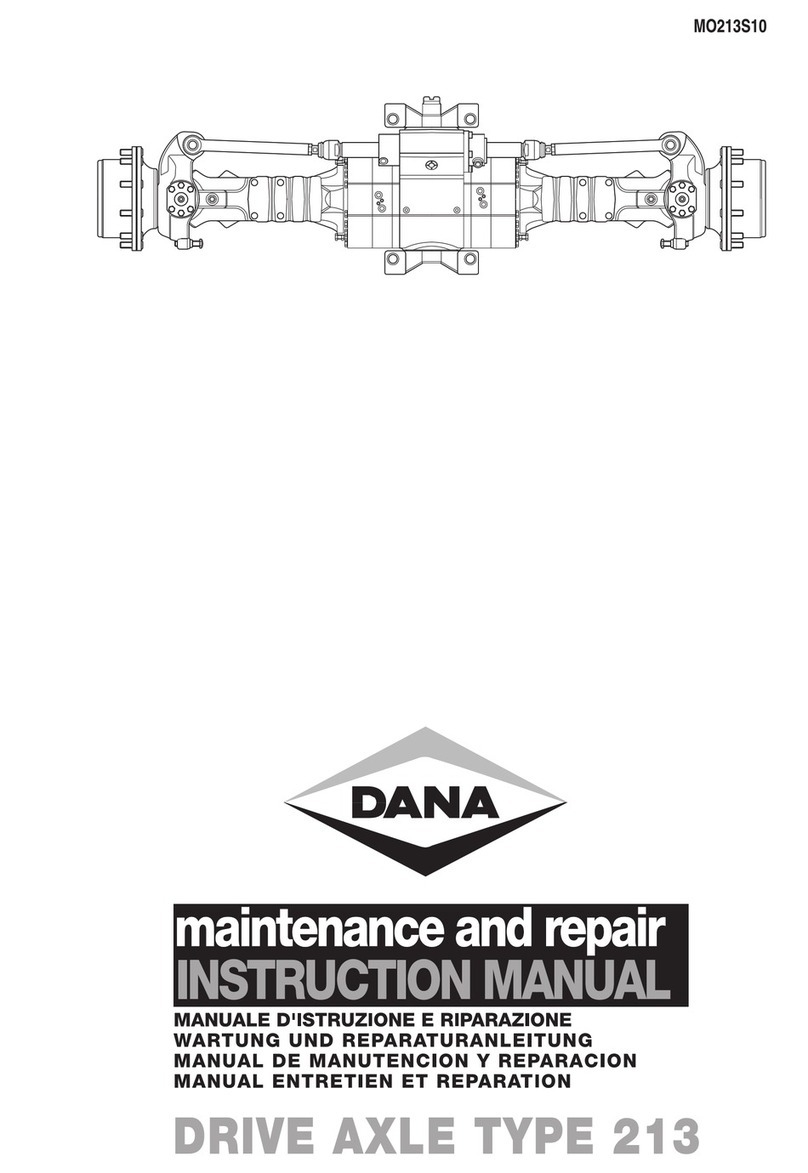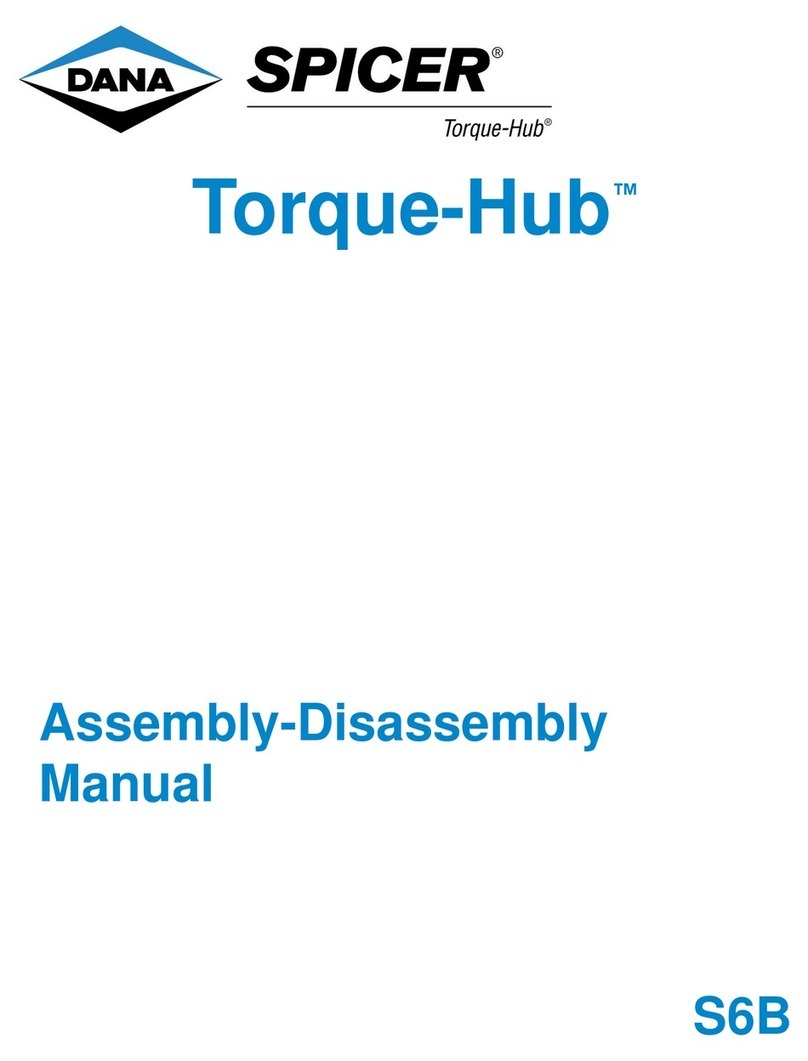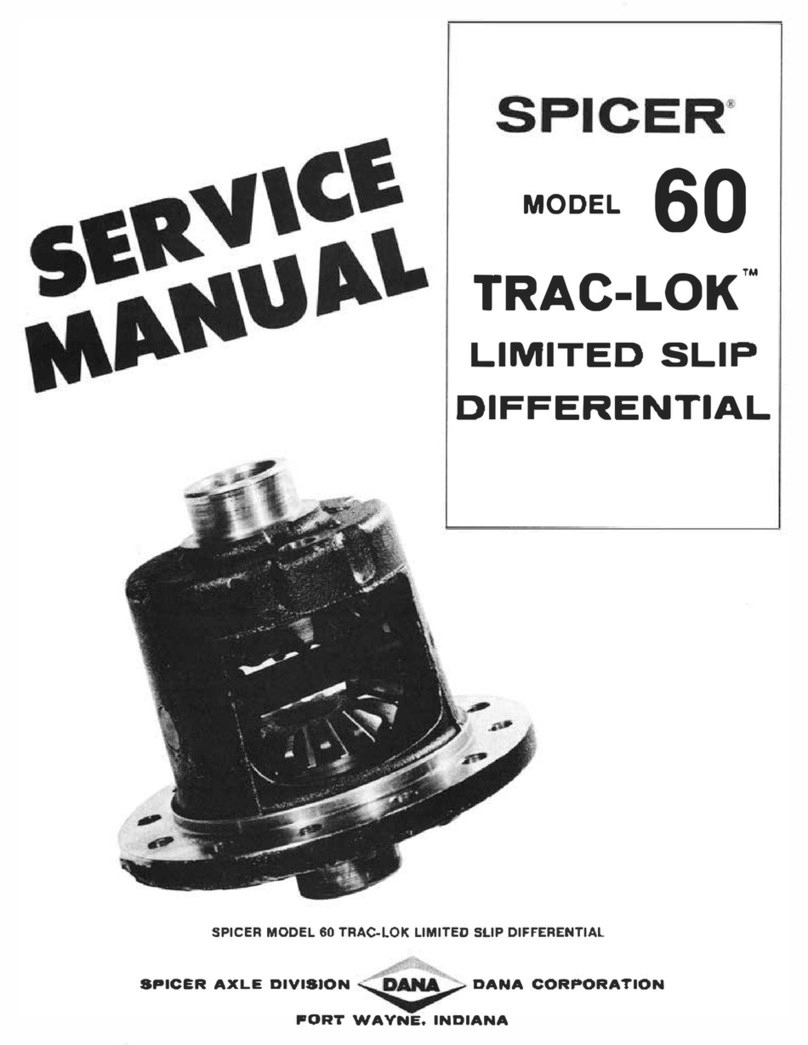Safety Warnings.......................................2
General Information.................................6
Acronyms - Symbols.................................................6
Key Features ............................................................7
Disclaimer.................................................................8
Safety Instructions....................................................8
Dana TM4 Motor and MCU Components.................9
System Specifications.............................................10
Component Description..........................................11
Simplified System Schematic .................................23
Diagnostics ............................................24
Diagnostics Tool .....................................................24
Installing the CAN drivers.......................................26
Connecting the CAN ports......................................26
Opening ODIN ........................................................27
Retrieve the SysFile ID...........................................27
SysFile ID Summary...............................................31
Table of SysFile ID .................................................31
Table of Troubleshooting Tree ...............................31
Table matching SysFile IDs and Troubleshooting
Trees.......................................................................32
Troubleshooting Tips..............................................33
Service Codes........................................34
Abbreviation and Definition.....................................34
Troubleshooting Trees Tables Details....................34
Troubleshooting Tree Legends...............................35
TT01: SysFile Cleared............................................36
TT02: Inconsistence in EEPROM memory section 38
TT03: Vaux too low.................................................40
TT04: Vaux too high ...............................................46
TT05: Hardware Failure Detected ..........................51
TT06: Abnormal Battery Current Condition............57
TT07: Phase Current Sensor Deactivated..............59
TT08: HVIL voltage input fault................................64
TT09: HVIL Output Fault.........................................69
TT10: Internal HVIL connection fault......................74
TT11: HVIL over current.........................................78
TT12: Initialization Timed Out.................................82
TT13: Invalid Motor Type or Phase Calibration......85
TT14: Invalid Hardware Version ............................ 87
TT15: Inconsistence of Protected EEPROM memory
section.................................................................... 89
TT16: Invalid Hardware or Software ...................... 91
TT17: Inconsistence between Control Logic and IGBT
............................................................................... 93
TT18: High power battery voltage < lower voltage limit
............................................................................... 95
TT19: High Power Battery Voltage > Maximum..... 99
TT20: IGBT Temperature Sensor reading over the
limit....................................................................... 105
TT21: Temperature Sensor reading over the limit107
TT22: EMI Temperature measurement over limit 109
TT23: Motor Coil Temperature Sensor measurement
over limit............................................................... 111
TT24: High Resolver Temperature ...................... 113
TT25: Internal Software Command Not Received
Properly................................................................ 115
TT26: IGBT Short Circuit Activated...................... 117
TT27: Phase Current reached Maximum............. 119
TT28: Phase Current Sum reached Maximum .... 121
TT29: Insufficient Defluxing Current at high speed123
TT30: AC current Torque Mismatch.................. 126
TT31: Phase Cable(s) Shorted to Chassis .......... 133
TT32: Motor Speed reached Maximum ............... 139
TT33: Critical low frequency process overrun...... 143
TT34: VMU Command Out-of-Range or Invalid .. 145
TT35: CAN Communication Error........................ 147
TT36: Position and/or Temperature Sensor Error 151
TT37: Sequencer error......................................... 153
STT01: Verify Connector Integrity........................ 155
STT02: Verify Cooling Circuit Integrity................. 157
Appendix .............................................. 160
Appendix 1: Table of SysFile ID........................... 160
Appendix 2: Table of Troubleshooting Trees....... 165
Appendix 3: Save EEPROM Sections ................. 171
Appendix 4: Retrieve GDD Files and User
Parameters........................................................... 172
Appendix 5: Cooling agent precautions............... 176
Appendix 6: Update Software .............................. 177
